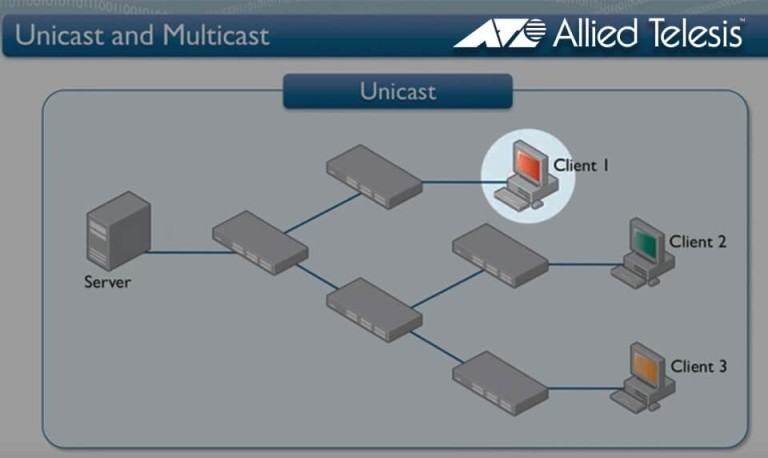
What is multicasting?
In this post, we’ll dive into the fascinating world of multicasting. You may have heard the term before, but what does it actually mean? Well, let's break it down.
At its core, multicasting is a method of sending data from one source to multiple destinations simultaneously. It's like sending a message to a group chat instead of individually texting each person. This can be incredibly useful in a variety of settings, from streaming live events to delivering updates to a large group of users.
How does multicasting work?
Imagine you're a teacher who wants to stream a video to all of your students at once. Instead of sending a separate video stream to each student, you can use multicasting to send a single stream to all of them at the same time. This is accomplished by using a single IP address to send the data to multiple destinations.
Multicasting also uses something called Internet Group Management Protocol (IGMP), which allows devices to join and leave multicast groups as needed. This means that devices can easily subscribe to a multicast stream and start receiving data, and can also leave the stream when they no longer need it. This makes multicasting incredibly flexible and scalable.
What are some practical uses for multicasting?
Live Streaming: If you've ever watched a live sporting event or concert online, you've likely experienced multicasting in action. Instead of sending a separate stream to each viewer, the video is sent as a single multicast stream to all viewers who have subscribed to it.
Software Updates: When a company releases a software update, they need to deliver it to a large number of users at once. Multicasting allows them to send the update as a single stream to all users who have subscribed to it, instead of sending individual updates to each user.
Virtual Meetings: In a virtual meeting, it's important that all participants receive the same information at the same time. Multicasting allows the presenter to send a single stream to all participants, ensuring that everyone is on the same page.
What are the benefits of multicasting?
Efficiency: By using a single stream to deliver data to multiple destinations, multicasting is far more efficient than sending individual streams to each destination. This can reduce network congestion and improve overall performance.
Scalability: Because devices can easily join and leave multicast groups as needed, multicasting is incredibly scalable. Whether you're delivering data to a small group or a large audience, multicasting can adapt to your needs.
Reliability: Because multicast streams are sent to multiple destinations simultaneously, they're more resilient to network failures and other issues. If one destination experiences an issue, the others will still receive the stream.
That’s a quick summary of multicasting. It may seem complex, but it's actually a simple and effective way to send data to multiple destinations at once. Whether you're streaming live events, delivering software updates, or conducting virtual meetings, multicasting helps it happen efficiently and reliably.
So, the next time you're streaming a live event or receiving a software update, take a moment to appreciate the magic of multicasting. It's a powerful tool for sharing information and connecting with each other.
What does Allied Telesis offer?
Our advanced switches and security appliances include a full suite of multicasting options at both Layer 2 and Layer 3, enabling you to stream content efficiently, no matter how many people you need to reach. We also offer partners and customers a training course that focuses on multicasting, to give you the confidence you need for success.
Related


